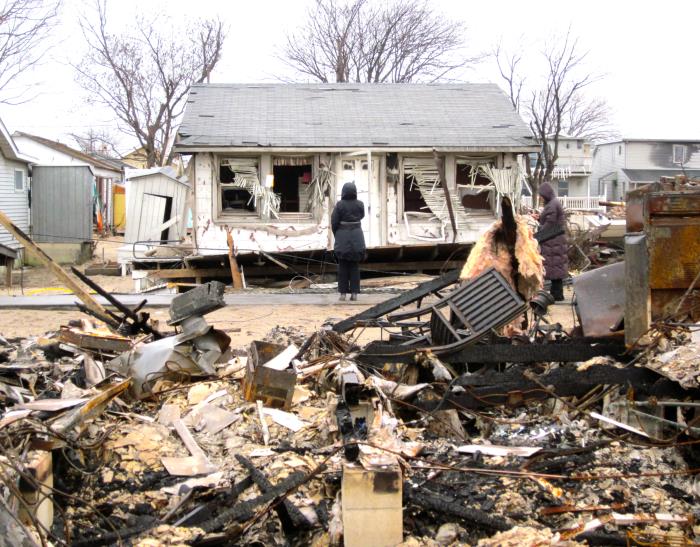
Text:
1. Get vaccinated
Getting vaccinated is the most important way you can protect yourself from the flu. When you get vaccinated, you’re much less likely to get sick.
Getting vaccinated is the most important way you can protect yourself from the flu. When you get vaccinated, you’re much less likely to get sick.
2. Wash your hands often
Hand-washing is a great way to get rid of germs. Washing your hands with soap and water before and after eating, after coughing or sneezing and after using the bathroom can make a big difference when preventing flu.
Hand-washing is a great way to get rid of germs. Washing your hands with soap and water before and after eating, after coughing or sneezing and after using the bathroom can make a big difference when preventing flu.
3. Stay away from people who are sick
Keeping your distance from others who have the flu can reduce your chance of getting sick. Flu viruses can spread through air and via surfaces, so stay away from people who are sick.
Keeping your distance from others who have the flu can reduce your chance of getting sick. Flu viruses can spread through air and via surfaces, so stay away from people who are sick.
4. Avoid touching your eyes, nose or mouth with your hands
Touching surfaces that are contaminated with germs and then touching your eyes, nose or mouth can allow for the flu virus to enter your body.
Touching surfaces that are contaminated with germs and then touching your eyes, nose or mouth can allow for the flu virus to enter your body.
5. Practice good hygiene
Clean surfaces and objects in your home, at work, at school and elsewhere to reduce the chances of spreading the flu.
Clean surfaces and objects in your home, at work, at school and elsewhere to reduce the chances of spreading the flu.


































